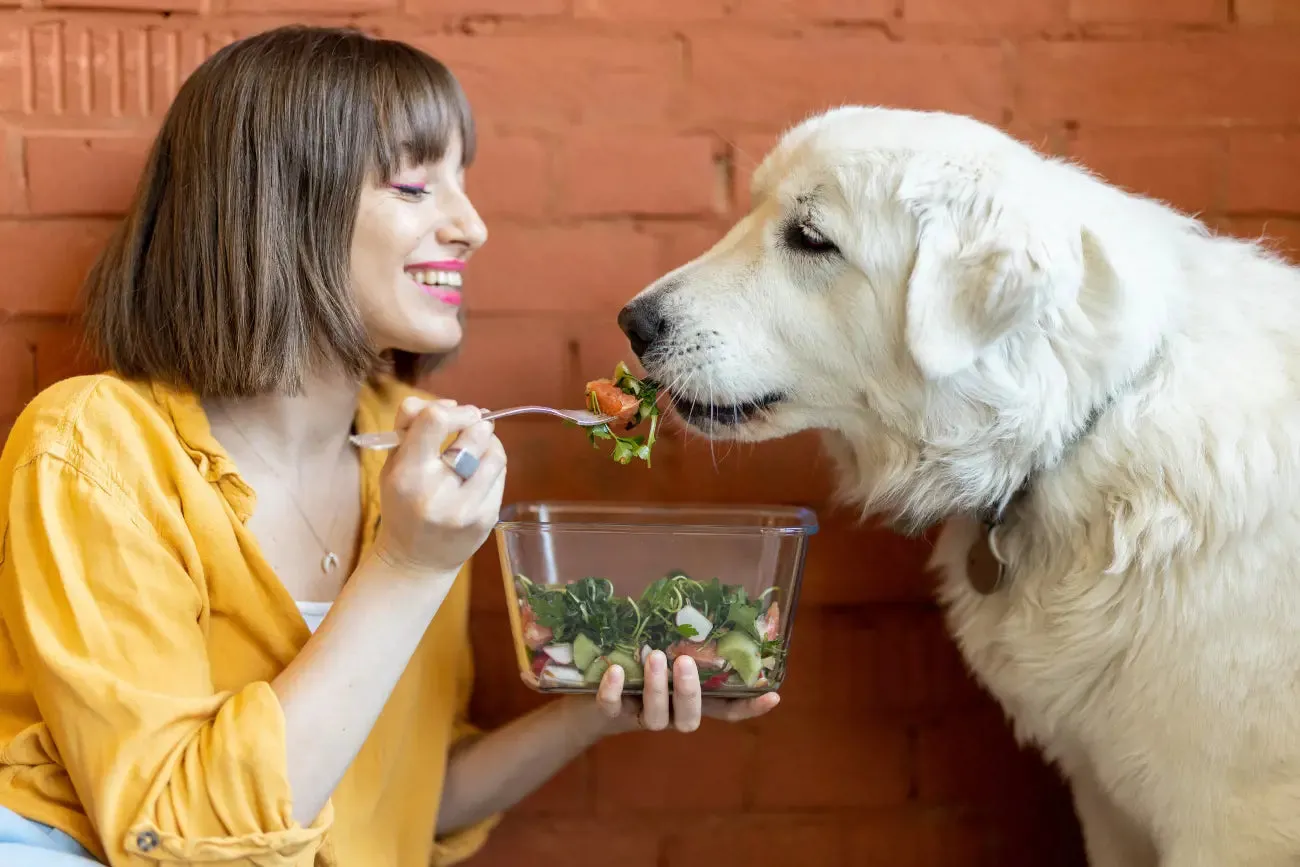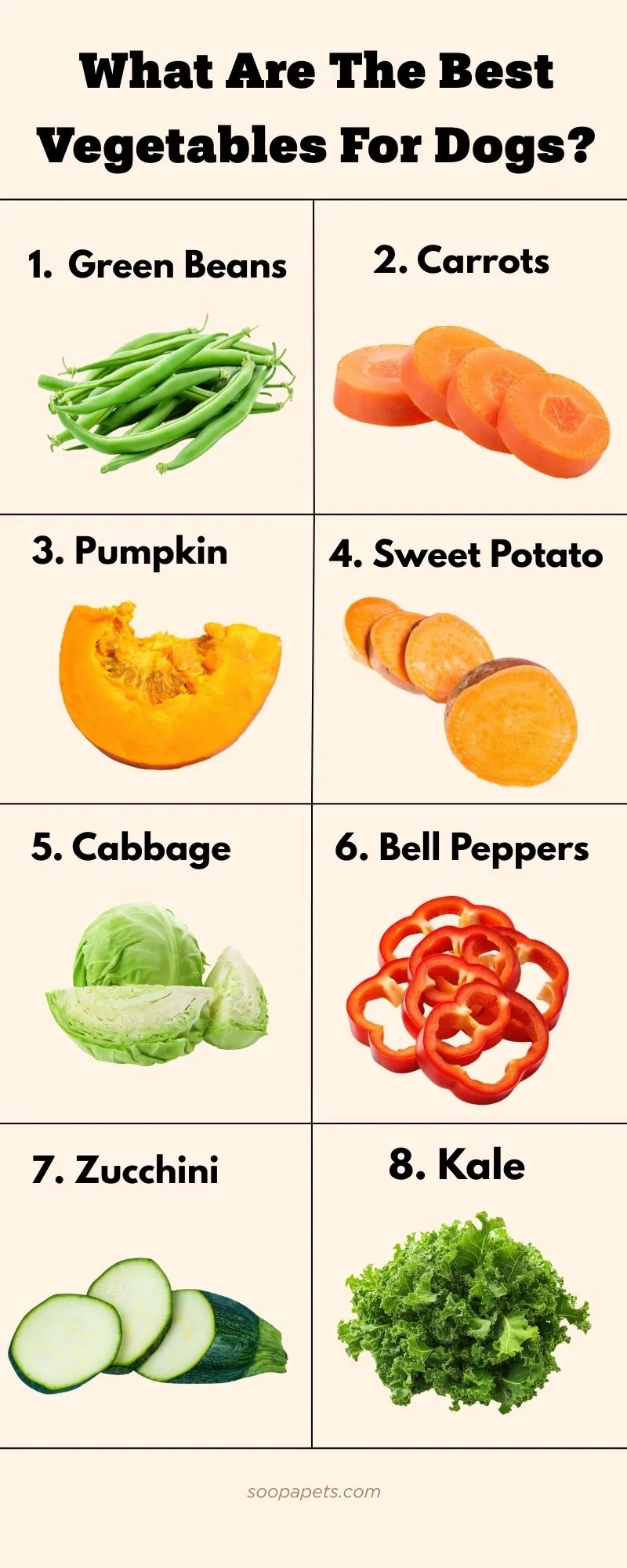When your beloved canine companion is diagnosed with kidney disease, their diet becomes a crucial aspect of their management and overall well-being. For many pet parents, the question arises: What Vegetables Can Dogs Eat With Kidney Disease? The right choices can significantly contribute to their comfort, slow the progression of the disease, and enhance their quality of life. While certain vegetables are beneficial, others can be detrimental. This guide aims to provide clear, actionable information for dog owners navigating this dietary challenge, helping you make informed decisions to support your dog’s kidney health.
Understanding the Role of Vegetables in a Kidney-Friendly Diet
Dogs with compromised kidney function struggle to efficiently filter waste products from their blood, including phosphorus, sodium, and protein byproducts. A diet carefully tailored to support kidney health is paramount. Vegetables play a vital role in this by offering hydration, essential nutrients, and fiber, while ideally being low in phosphorus and sodium. Opting for vegetable-rich options can help reduce the toxic load on the kidneys and support their function. Many dog-safe vegetables are naturally low in fat and phosphorus, making them excellent choices for canines facing kidney disease.
 Illustration of a healthy dog with fresh vegetables
Illustration of a healthy dog with fresh vegetables
When considering dietary changes for your dog, especially with a serious condition like kidney disease, it’s always best to consult with your veterinarian. They can provide personalized recommendations based on your dog’s specific health status and needs. For those exploring food options, understanding what dog food not to feed dogs is a critical first step in preventing further strain on their system.
Top 8 Vegetables Recommended for Dogs with Kidney Disease
The following vegetables are generally considered safe and beneficial for dogs with kidney disease due to their low phosphorus and sodium content, high fiber, and ease of digestion. They can be a valuable addition to your dog’s carefully managed diet.
1. Green Beans
These are a fantastic choice, being low in calories and phosphorus, yet high in fiber. They can be served steamed or finely chopped, offering a satisfying crunch and essential nutrients without adding significant strain to the kidneys.
2. Carrots
Naturally sweet and low in sodium, carrots are a safe and healthy snack. They can be offered raw for a good chew and dental benefit, or lightly steamed to make them more digestible. Their vitamin A content is also beneficial for overall health.
3. Pumpkin
Pure, cooked pumpkin (not pie filling) is well-known for its digestive benefits. It’s low in phosphorus and is a particular favorite for dogs managing both kidney disease and pancreatitis, thanks to its gentle nature. It can help regulate bowel movements, which is important for dogs with these conditions.
 A dog enjoying a bowl of cooked pumpkin
A dog enjoying a bowl of cooked pumpkin
When considering the overall diet, it’s important to remember that even for healthy pups, understanding what should a 4 month puppy eat can set them up for a lifetime of good health, which can potentially mitigate future health issues.
4. Sweet Potato (in moderation)
While nutritious, sweet potatoes have moderate phosphorus levels. Therefore, they should be used cautiously and in small, well-cooked servings. Opt for thoroughly cooked and mashed portions to aid digestion and limit phosphorus intake.
5. Cabbage
Cabbage is rich in antioxidants and is notably low in potassium and phosphorus. It’s essential to steam cabbage before feeding it to your dog, as this softens the fibers and makes it easier to digest, while also neutralizing some of the compounds that can cause gas.
6. Bell Peppers
Bell peppers, especially red ones, are packed with vitamins A, C, and E, acting as powerful antioxidants. They are a safe and nutritious option. Ensure the seeds and core are removed before finely chopping and offering them to your dog.
7. Zucchini
This mild-flavored squash is low in phosphorus and very easy for dogs to digest. Zucchini is also a great source of hydration, which is crucial for dogs with kidney disease to help flush out toxins. It can be fed raw or lightly steamed.
8. Kale
Kale is a nutrient-dense leafy green that provides beneficial vitamins like A, C, and K, as well as calcium and antioxidants. However, it should be fed in small amounts due to its higher oxalate content compared to other recommended vegetables. Steaming kale can improve digestibility.
It’s also important to be aware of what vegetables should you not feed a dog to avoid accidental poisoning or exacerbating existing health conditions.
Vegetables to Avoid for Dogs with Kidney Disease
Certain vegetables can negatively impact dogs with kidney disease because they are high in phosphorus, potassium, or oxalates. These compounds can place additional strain on the kidneys and may worsen the condition. Always err on the side of caution and avoid the following:
- Spinach: High in oxalates, which can interfere with calcium absorption and potentially contribute to kidney stone formation or exacerbate existing kidney issues.
- Beets: Rich in both oxalates and potassium, making them unsuitable for dogs on a kidney-friendly diet.
- Tomatoes: The acidity and potassium content in tomatoes can be hard on sensitive digestive systems and add to the kidney’s workload.
- White Potatoes: These are very high in potassium. If you must feed them, they require extensive soaking to leach out the potassium, which is often not practical or reliable for kidney patients.
- Rhubarb: Rhubarb is toxic to dogs due to its high oxalic acid content and should be strictly avoided, especially for dogs with kidney conditions.
If you have previously fed your dog vegetables for dogs with pancreatitis, it’s essential to re-evaluate your list to ensure none of these kidney-detrimental vegetables are included.
Safe Preparation and Feeding Tips for Dogs with Kidney Disease
When introducing new vegetables or preparing them for a dog with kidney disease, adherence to safe preparation methods is crucial.
- Steam or Boil: Cooking vegetables by steaming or boiling softens their fibers, making them easier to digest and absorb nutrients. This method also helps to leach out some of the potassium from vegetables like potatoes if they are ever considered in very small, appropriate quantities (though white potatoes are generally best avoided).
- Chop or Mash: For older dogs, those with dental issues, or picky eaters, cutting vegetables into small, manageable pieces or mashing them can make them more appealing and easier to consume.
- Avoid Additives: Never add salt, butter, oils, or any other seasonings to your dog’s vegetables. These can increase sodium intake or add unnecessary fat, which is detrimental to dogs with kidney disease.
- Introduce Slowly: When introducing a new vegetable, start with a very small amount to gauge your dog’s reaction and prevent potential digestive upset. Monitor for any signs of diarrhea or vomiting.
Many dog-friendly vegetables that are suitable for pancreatitis diets are already prepared in a soft, bland manner, which makes transitioning them to a kidney-friendly diet relatively straightforward. Understanding what fruits can dogs not have is also critical, as the dietary restrictions extend beyond just vegetables.
Final Thoughts
Providing the right vegetables for dogs with kidney disease is a powerful way to support their renal function, help manage their symptoms, and improve their overall comfort and longevity. By focusing on kidney-safe options like green beans, carrots, and pumpkin, and diligently avoiding those high in phosphorus, potassium, or oxalates, you can make a significant positive impact on your dog’s health. Always consult your veterinarian for personalized dietary advice, and consider incorporating vet-approved, kidney-friendly treats. Making informed dietary choices is a fundamental aspect of compassionate care for a dog managing kidney disease.
